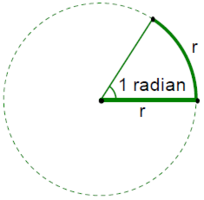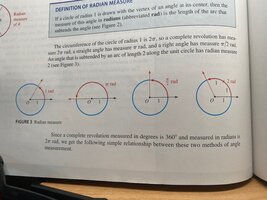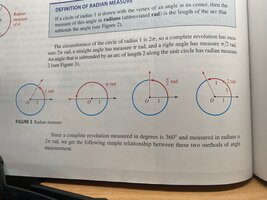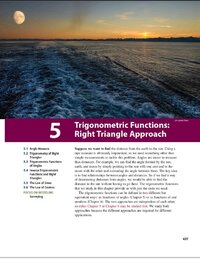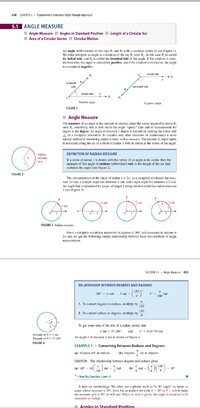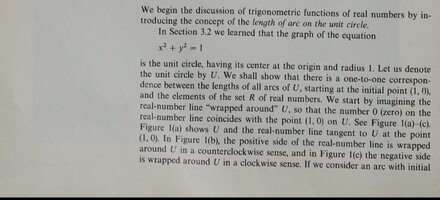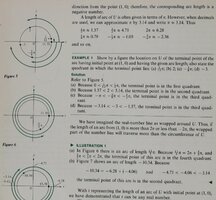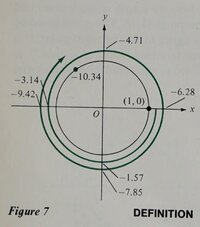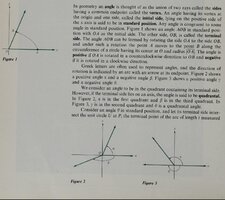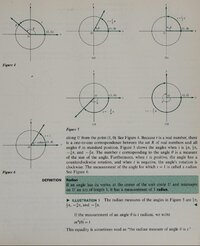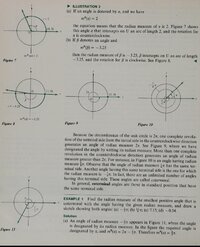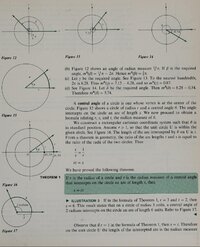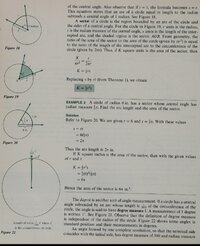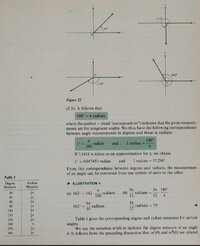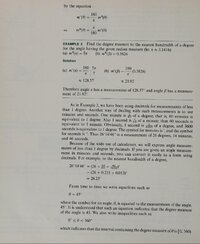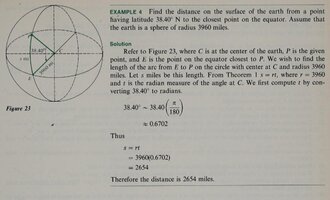I'm having trouble grasping why the angle measure in radians of a complete revolution of a circle is [imath]2\pi[/imath]. If [imath]\pi=\frac{C}{d}[/imath] (also [imath]\pi=\frac{C}{2r}[/imath]) then why does [imath]\pi[/imath] only cover half of the measure of a complete rotation and half the circumference of a unit circle? Seems intuitively like [imath]\pi[/imath] should measure the angle of an entire single rotation. I can work it out algebraically where if [imath]C = 2r\pi[/imath] then[imath]\frac{C}{r}=2\pi[/imath], but I'm trying to understand the intuition of why it's [imath]2\pi[/imath] as the measure of a full rotation instead of just [imath]\pi[/imath].
This is still a bit jumbled in my head, so happy to try to explain further if this is confusing.
This is still a bit jumbled in my head, so happy to try to explain further if this is confusing.


